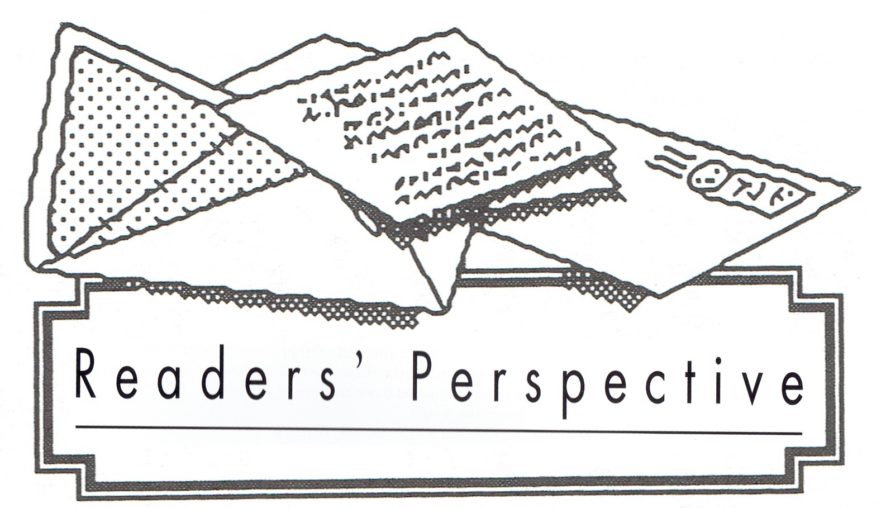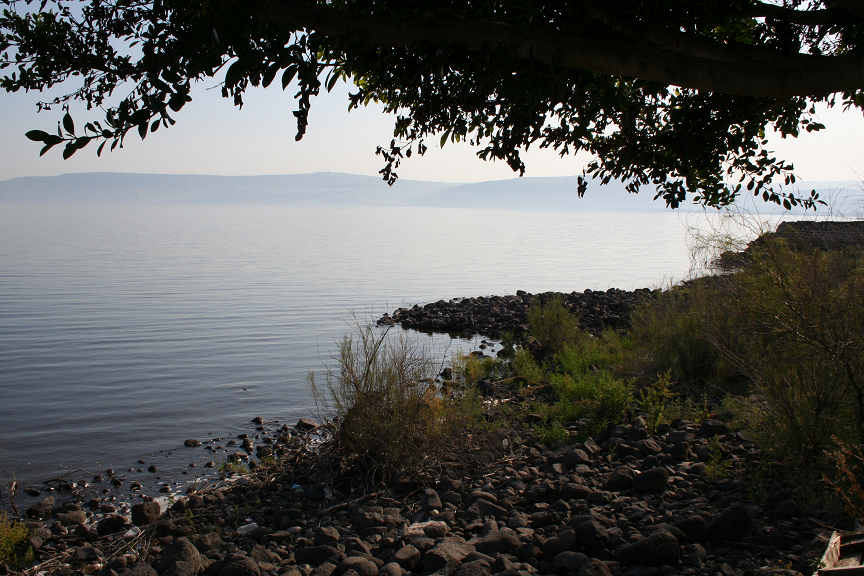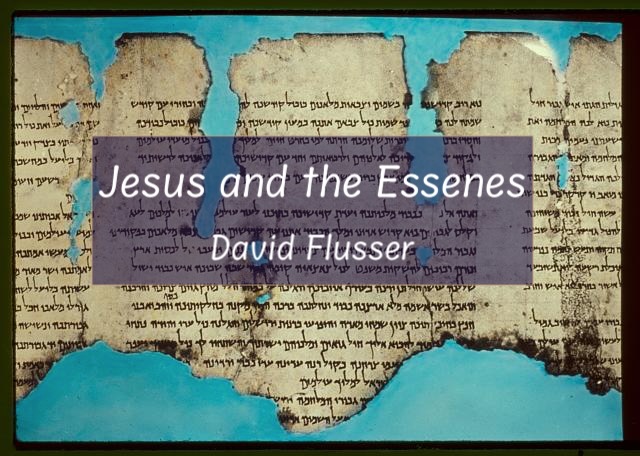Although the church fathers testify that Matthew wrote the words of Jesus in Hebrew, not a single fragment of an early Hebrew manuscript containing Jesus’ sayings has survived from the first centuries of the Christian era.
Did Jerome see the Hebrew Gospel of Matthew?

Not only did Jerome (374-420 A.D.) claim to have seen a Hebrew gospel, he said he had translated it.
Sidebar: “Ears of Corn”?

Does the New Testament depict the disciples picking yellow sweet corn (maize) in firs-century Israel?
Sabbath Breakers?

Jesus’ observance of the commandments has been a topic of vigorous scholarly debate. However, when the Synoptic Gospels are carefully examined, one sees that Jesus never violated written or oral Torahs. But did his disciples?
Gospel Postcard: Kefar Naḥum (Capernaum), the Village of Nahum

Jesus’ move from Nazareth to Capernaum was a tremendous change—from a little farm village hidden up in the hills, to a bustling lakeside fishing port.
Book Review: David Flusser’s The Spiritual History of the Dead Sea Sect

Based on a series of radio lectures, the book retains much of its original conversational tone and structure, but has been expanded to present a more detailed overview.
Jesus and the Essenes

The Essenes’ favorite name for themselves was “the sons of light.” In the Synoptic Gospels the term appears only in Luke 16:8, and the reference is not very flattering. Was Jesus making an ironic reference to the Essenes?


